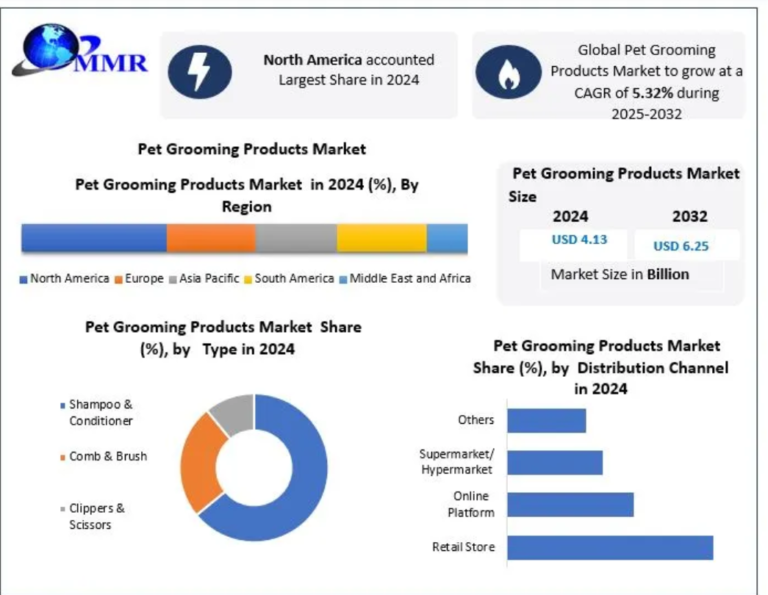Linen is steadily gaining ground as a core material in modern clothing lines. Its signature texture and comfortable feel are making it a preferred option for designers and consumers alike. As fashion brands look for materials that offer both practicality and a distinct aesthetic, linen fabric proves to be a consistently reliable choice. This growing appreciation stems from its unique combination of strength, comfort, and sustainable qualities.
For fashion businesses, selecting the right materials is a critical decision that impacts everything from production to customer satisfaction. Linen fabric presents a compelling case. It meets the demand for comfortable, breathable clothing without sacrificing durability. This post will detail the specific attributes of linen, from its ancient origins to its modern-day applications, providing a clear picture of why it belongs in any everyday fashion collection. We will also offer practical guidance on caring for linen garments to ensure they last.
The History and Origins of Linen
Linen is one of the oldest textiles known to humankind, with a history that dates back thousands of years. Evidence of its use has been found in prehistoric caves in Georgia, suggesting that wild flax fibers were being used to create linen-like textiles over 30,000 years ago. The ancient Egyptians valued linen fabric highly, using it for clothing, bedding, and even as a form of currency. Its natural white color and ability to withstand heat made it ideal for the hot climate of the region.
The production process for linen fabric begins with the flax plant. The fibers are harvested, dried, and then processed through a series of steps to separate the long, strong threads from the woody stalk. This labor-intensive method contributes to linen’s reputation as a quality material. Over the centuries, the techniques for producing linen have been refined, but the fundamental process remains the same, connecting modern garments to an ancient heritage of craftsmanship. This long history underscores the material’s proven durability and timeless appeal.
Benefits of Using Linen in Clothing
Linen’s properties make it exceptionally well-suited for everyday clothing. Its functional benefits directly address the needs of modern consumers who prioritize comfort and longevity in their apparel.
-
Exceptional Breathability: Linen fibers are hollow, which allows air to circulate freely. This makes linen fabric highly breathable and an excellent choice for warm weather. Garments made from linen help keep the wearer cool and comfortable by wicking moisture away from the skin.
-
High Durability: Linen is known for its strength. The fibers are significantly stronger than cotton, which means that clothing made from linen fabric is built to last. It can withstand regular washing and wearing without losing its shape or integrity. In fact, linen becomes softer and more pliable with each wash.
-
Hypoallergenic Properties: For individuals with sensitive skin or allergies, linen is a safe and comfortable option. The natural properties of the flax plant make the fabric hypoallergenic and gentle on the skin.
-
Sustainable Qualities: The flax plant is resilient and can grow in poor soil with minimal water, often without the need for pesticides or fertilizers. This makes the cultivation of flax more environmentally friendly compared to other crops used for textiles. Furthermore, every part of the flax plant can be used, minimizing waste.
Linen vs. Other Fabrics
When comparing linen fabric to other common textiles, its distinct advantages in durability, comfort, and sustainability become clear.
Linen vs. Cotton
Cotton is a popular, soft, and breathable fabric, but linen often surpasses it in strength and longevity. While a high-quality cotton garment is durable, linen fabric is known to be up to 30% stronger. Linen’s moisture-wicking capabilities are also superior, making it a better performer in hot and humid conditions. From a sustainability standpoint, flax cultivation typically requires less water and fewer pesticides than conventional cotton farming.
Linen vs. Polyester
Polyester is a synthetic fabric prized for its durability and resistance to wrinkles. However, it lacks the breathability of natural fibers like linen. Polyester can feel clammy in warm weather as it traps moisture against the skin. Linen, on the other hand, offers superior comfort due to its airflow and moisture management. As a synthetic, polyester is derived from petroleum and is not biodegradable, making linen fabric the more sustainable choice.
Linen vs. Silk
Silk is a luxury fabric known for its smooth feel and beautiful drape. While it is strong, it requires delicate care and is not as resistant to abrasion as linen. Linen fabric provides a more practical option for daily wear due to its robust nature and simpler care requirements. It offers a relaxed, textured look that is different from silk’s formal sheen, making it suitable for a wider range of casual and everyday garments.
Caring for Linen Garments
Proper care is essential to maintain the quality and extend the life of linen clothing. While linen is strong, following a few simple guidelines will ensure garments remain in excellent condition.
-
Washing: Linen can be machine-washed or hand-washed. Use lukewarm water and a mild detergent. Avoid using bleach or detergents with optical brighteners, as they can damage the fibers. If machine washing, select a gentle cycle and avoid overloading the machine to prevent excessive wrinkling.
-
Drying: Air-drying is the best method for linen garments. You can hang them on a line or lay them flat. This helps prevent stiffness and reduces the need for ironing. If you must use a dryer, choose a low-heat setting and remove the garment while it is still slightly damp.
-
Ironing: Linen is known for its natural creases, which are part of its appeal. However, if you prefer a smoother look, iron your linen clothing while it is still damp. Use a medium-hot iron and press on the reverse side of the fabric to protect its surface.
-
Storing: Store linen garments in a cool, dry place. Avoid folding them in the same spot repeatedly to prevent the fibers from breaking along the crease. Hanging linen items is a good alternative.
Styling Linen Clothing
Linen’s versatility makes it easy to incorporate into any wardrobe. It can be dressed up or down to suit various occasions.
-
Linen Shirts and Blouses: A classic linen shirt is a wardrobe staple. It can be paired with jeans for a casual look or with tailored trousers for a more professional setting.
-
Linen Trousers and Shorts: Wide-leg linen trousers or tailored shorts are perfect for staying cool and stylish in the summer. They pair well with simple tops and sandals.
-
Linen Dresses and Skirts: A linen dress offers an effortless, one-piece outfit. From simple shift dresses to flowing maxi skirts, linen provides comfort and a refined appearance.
For businesses looking to source materials, it is important to find a reliable supplier. When you decide to buy fabric online, look for stores that offer a wide selection and transparent sourcing. Providers like Fabriclore offer a range of options, making it easier to find the right linen fabric for your collection. Other online stores like The Fabric Store and Mood Fabrics also provide choices, but starting with a specialized supplier can streamline the process.
A Reliable Choice for Fashion
Linen fabric stands out as a dependable material for everyday fashion. Its combination of breathability, strength, and timeless appeal makes it a valuable addition to any clothing line. The fabric’s performance in various weather conditions, coupled with its sustainable origins, aligns with the priorities of today’s conscious consumer.
By choosing linen fabric, fashion brands can offer products that are not only stylish and comfortable but also durable and responsible. The ease of care and versatility in styling further solidify its place as a practical choice. For designers and brands looking to buy fabric online, linen represents a sound investment in quality and customer satisfaction, ensuring that the final garments will be worn and appreciated for years to come.





